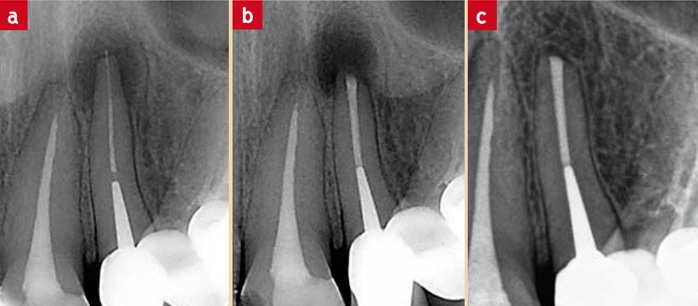General Dentistry
Dental devitalization
Tooth devitalization consists of removing the diseased dental pulp from a tooth, whether it is inflammatory or necrotic, from inside the tooth and its root. The tooth and its root will then be disinfected and the root will be filled with a natural latex-based material called Gutta-Percha.
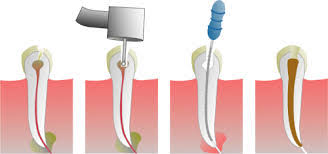
To clean the inside of the tooth root, the dentist will use fine instruments called dental files to remove the entire pulp to the tip of the tooth root. The use of new devices, such as the apex detector, allows dentists to work inside the tooth in a controlled and guided manner.
Since dental roots and canals are very thin, and sometimes not visible to the naked eye, the dentists in our office are equipped withoptical aids, such as binocular loupes or the operating microscope, allowing to have a magnifying vision (up to 30 times) and of the smallest details inside the tooth. The result is predictable and of higher quality.

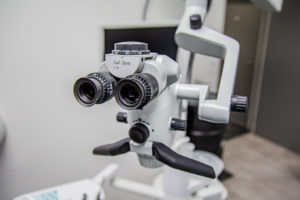
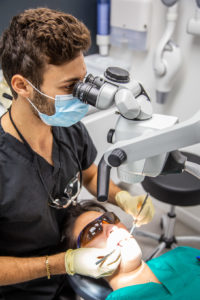
An aseptic operating field, called a dental dam, is used for each dental devitalization performed in the office. This field will allow the tooth to be isolated and treated aseptically without bacteria from the mouth and saliva entering the tooth during disinfection. The patient will also be more comfortable during this treatment because he will not be bothered by the dentist’s instruments and the position of his tongue to control.
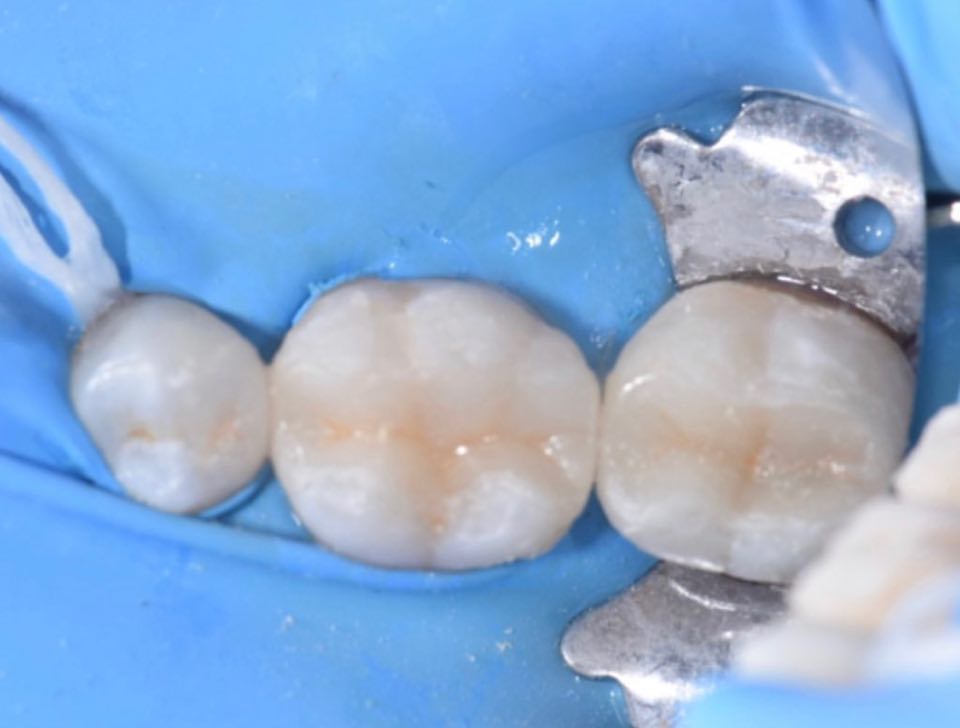

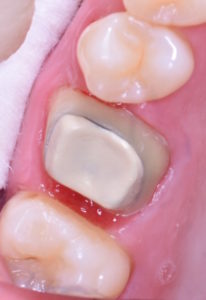
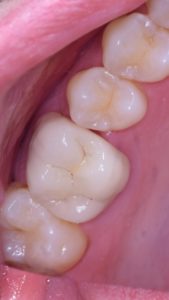
A root canal is a relatively long treatment because the surgical gestures are very meticulous and delicate, and the disinfectant must act long enough in the tooth. the average time of a root canal is 45 minutes – 1 hour.
After a root canal, the dentist will prescribe painkillers and anti-inflammatories for the first few days following the root canal because the area around the root can be sensitive, especially when chewing.
A temporary dressing is usually placed in the tooth cavity at the end of the root canal session, pending the final restoration.
A devitalized tooth is more fragile because it is hollowed out inside. The restoration of choice for a devitalized tooth should therefore be made in such a way as to protect the fragile tooth walls and prevent the tooth from cracking or fracturing. Most often, a dental crown or a ceramic onlay is made on a devitalized tooth.
IMPORTANT : When an inflammation of the nerve of the tooth persists over time, the nerve of the tooth eventually becomes necrotic and the tooth is no longer painful for a while.
Bacteria will multiply in the necrotic tooth and eventually cause a dental abscess, which can even develop into cellulitis if the infection spreads to the tissues of the face.
It is therefore important to perform this type of treatment on a tooth that needs it, and not to postpone the treatment even if the dental pain stops on its own. If the abscess eventually forms, the treatment of the tooth will be more complicated.
Antibiotics will be prescribed when a dental abscess is diagnosed, to reduce the bacterial load and pain. Endodontic treatment of the tooth must then be performed.
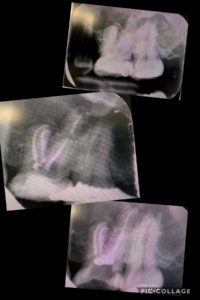
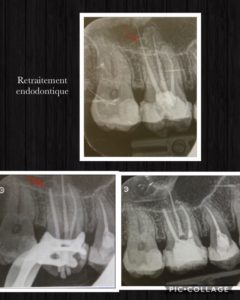
Case of endodontic retreatment :
Equipped with state-of-the-art equipment and a specialist dentist, in our office we also perform endodontic retreatments of teeth already devitalized requiring a re-intervention at the root level because of recurrent infection or incomplete healing following the first endodontic treatment of the tooth.
Recurrent infection on a devitalized tooth may be caused by incomplete initial treatment of the roots or by particular anatomy of the tooth roots.
The conditions for endodontic retreatment must be optimal in order to obtain the best possible result, which is conducive to the healing of the tooth.
In some cases where endodontic treatment of the tooth has not been sufficient to cure the recurrent infection under the tooth, it will be necessary to perform a endodontic surgery aimed at intervening directly under the tooth by surgical means in order to remove the lower part of the infected root, and to close the root from below.
